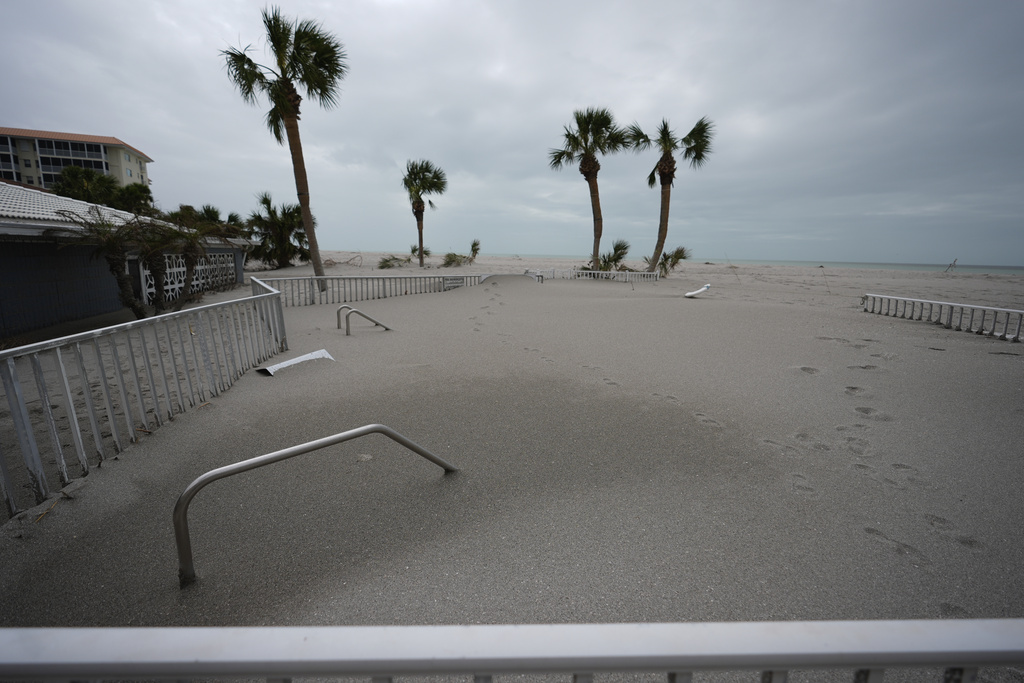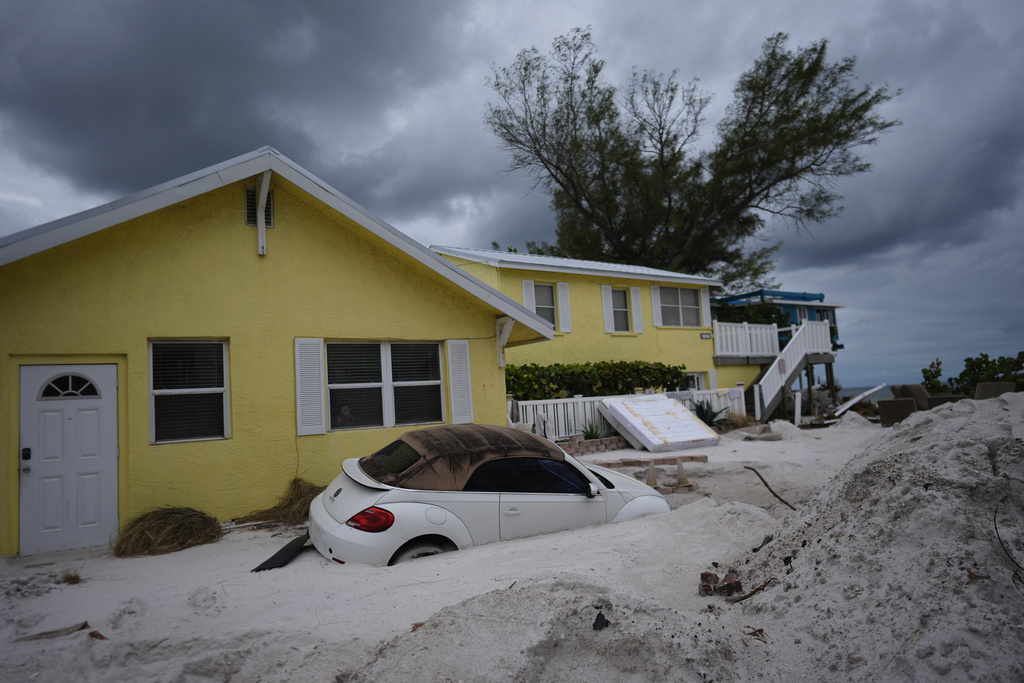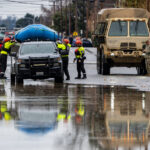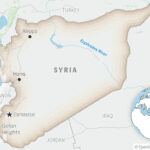FL Residents Face Massive Sand Cleanup After Twin Hurricanes \ Newslooks \ Washington DC \ Mary Sidiqi \ Evening Edition \ After back-to-back hits from Hurricanes Helene and Milton, Florida residents are digging out of mounds of sand carried inland by powerful storm surges. In some areas, sand dunes as high as 5 feet have buried homes and streets, turning the beautiful beach sand into a costly cleanup challenge. As homeowners and contractors grapple with recovery, officials are exploring ways to repurpose displaced sand for future beach renourishment projects.

Florida Communities Buried in Sand After Hurricanes Quick Looks
- Florida’s Gulf Coast communities are buried under sand after Hurricanes Helene and Milton, with dunes reaching 5 feet high in some areas.
- The sand, swept inland by storm surges, is creating significant challenges for residents, municipalities, and contractors as cleanup costs skyrocket.
- Officials estimate millions of cubic yards of sand were displaced, with recovery efforts expected to take months and costs reaching hundreds of thousands of dollars per property.
Deep Look
In a matter of days, the fine, white beach sand that draws millions of tourists to Florida’s shores turned into a nightmarish obstacle, swallowing neighborhoods and creating a literal barrier to recovery. Storm surges as high as 10 feet (3 meters) washed massive amounts of sand inland, piling up to 5 feet (1.5 meters) in some communities, leaving homeowners and local governments scrambling to dig out.
“I’ve seen wind, rain, and storm surge before, but I’ve never seen anything like this,” said Scott Bennett, a contractor who has worked in storm recovery since Hurricane Katrina in 2005. “This sand is everywhere, and it’s becoming a huge problem.”
A Scene Like a Snowstorm
In the aftermath of Hurricane Milton, the picturesque Bradenton Beach, about an hour south of Tampa, was transformed into a landscape that looked more like a blustery Midwestern snowstorm than a beach town. Roads were lined with sandbanks several feet high, surrounding bungalows and other structures. The once-familiar sights of palm trees and coastal homes were now partially buried under sand.
Jeremi Roberts, a member of the State Emergency Response Team, compared the scene to a northern blizzard: “The best way to describe it is like getting 4 to 6 feet of snow up north,” he said, surveying the damage.
Farther south, on Venice Island, Ron and Jean Dyer found themselves battling a similar problem. After Hurricane Helene, about 3 feet of sand was blown up against their condo building, filling the pool with sand. Dozens of volunteers with shovels and wheelbarrows worked tirelessly to remove it, only for Hurricane Milton to refill the pool days later.
“They just kept digging and wheeling,” Ron Dyer said. “Now, we’ve got to do it all over again.”
A Costly and Uncertain Cleanup
The sand left behind by the hurricanes isn’t just a nuisance—it’s a costly challenge that’s stretching recovery efforts to their limits. Larry West, a storm recovery contractor working in Manasota Key, about 35 miles (56 kilometers) south of Sarasota, estimates his team will need to do $300,000 worth of work just to remove the sand and debris at one condo complex he’s restoring. The financial burden is even greater for property owners who lack flood insurance, as they may have to pay out of pocket for the cleanup.
“The poor homeowner who’s going to have to spend $150,000 cleaning up, that’s going to hurt them hard,” West said, adding that many are facing significant financial strain in the aftermath of the storms.
One of the challenges facing contractors is where to take the sand. Local parks in Charlotte County designated as drop-off sites for storm debris are quickly filling up, leaving limited space for the massive quantities of sand being removed from homes and streets. For now, West’s team is stockpiling sand in parking areas while waiting for further instructions on where to transport it.
“Right now, I’m building mountains in their parking area,” West said, referring to the condo complex he’s working on. “We’re just kind of waiting to find out if they’re going to have us transport it to a different location.”
Massive Loss of Beach Sand
While inland communities struggle with excess sand, Florida’s beaches are dealing with the opposite problem: erosion. Pinellas County, which includes St. Petersburg, estimates that 1 million cubic yards (765,000 cubic meters) of beach sand were lost due to the hurricanes. Public Works Director Kelli Hammer Levy said the county is still assessing the full impact but is already concerned about the extent of the damage.
“A lot of volume has been lost, and that’s our main concern here right now,” Levy told the county’s Tourism Development Council. “It’s hard to kind of stay positive with some of this stuff. I know the pictures are not what we want to see.”
To put the loss into perspective, a 2018 beach renourishment project in Pinellas County to restore 1.3 million cubic yards (994,000 cubic meters) of sand cost more than $50 million. Replacing the sand lost in this year’s storms could come with a similarly steep price tag.
Repurposing the Sand
Despite the challenges, there’s hope that some of the displaced sand can be repurposed to help restore Florida’s coastline. County officials are encouraging residents to return clean sand to the beaches, but the process isn’t as simple as it sounds. Much of the sand is mixed with debris like kitchen cabinets, shingles, and other storm-related wreckage, making it unsuitable for immediate use.
“I’ve seen some piles out there with kitchen cabinets in it,” Levy said. “We’re going to have a problem if we have a lot of that stuff out there.”
Pinellas County has opened a drop-off location where residents can bring sand to be screened and cleaned. Any sand found to be contaminated will be disposed of under the guidance of the Florida Department of Environmental Protection. The hope is that clean sand can be used in future beach renourishment efforts to restore the eroded shoreline.
A Lengthy Recovery Process
As cleanup continues, many Florida residents are finding the task of removing the sand to be physically demanding and time-consuming. With shovels in hand, they are literally digging themselves out from under mountains of sand, often with little outside help. Contractors like West note that the cleanup process is one of the most difficult they’ve encountered, even compared to previous storms.
“Every shovelful is heavy,” West said. “This is horrendous, as far as the cleanup.”
In addition to removing sand from streets, homes, and businesses, many residents are also contending with sand in unexpected places. Pools, garages, and yards have all been overtaken by the shifting dunes, requiring extensive labor to restore them to their original state. Volunteers have played a key role in the recovery, helping to clear properties by hand where machinery can’t be used.
While the recovery process is expected to take months, officials and residents alike are hopeful that repurposing the sand will help accelerate beach restoration efforts. For now, however, the focus remains on digging out from under the piles left by Hurricanes Helene and Milton—and figuring out how to move forward.
FL Residents Face FL Residents Face FL Residents Face







